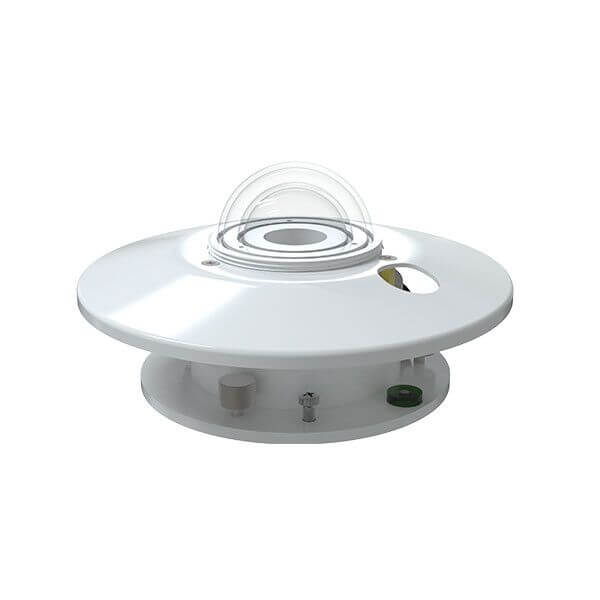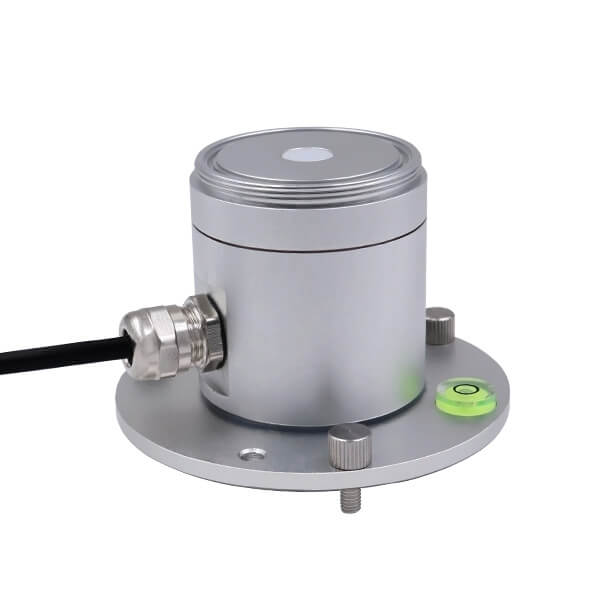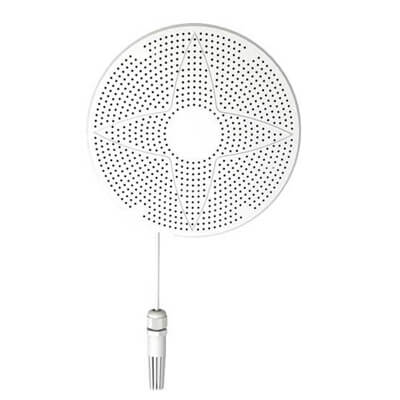Table of Contents What is visibility? Visibility refers to the maximum distance at which a person with normal vision can identify a target from the
Atmospheric Visibility Sensor
Our visibility sensor adopts infrared forward-scatter technology, and it uses the proven 35° scatter angle to report the meteorological observable range (MOR) for fog and snow in the range of 5 to 10000 m (or 5-50000m/5-80000m). It combines a high specification with a very competitive price. Visibility sensors are often used in traffic, ports, wind energy, automatic weather stations and other industries.
- Model: RS-NJD-*-1-*-EX
- MOQ: 1 PCS
- Delivery date: within 24 hours
- Price: $733.9~$943.5
Review - visibility sensor
The visibility sensor uses high-sensitivity infrared light, and the interior is filtered to eliminate interference from other light sources. So as to ensure the accuracy of the measurement. The housing of the atmospheric visibility sensor is made of sturdy alloy, and the surface is added with anti-corrosion materials to prevent corrosion in harsh environments. Atmospheric visibility can be monitored 24 hours a day. We provide RS485 and WIFI two signal outputs to meet the needs of customers in different places.

Datasheets
| Power supply | 10~30V |
| Range | 5-10000m/5-50000m/5-80000m |
| Accuracy | ±10% (@25℃,50%RH) |
| Resolution | 1m |
| Update interval | 20s |
| MTBF | > 18000 hours |
| Working environment | -40~60℃, ≤95%(30℃) |
| Weight | <10kg |
| Output signal | RS485/WIFI |
Features
The optical lens of this visibility sensor is facing down and has a protective cover to prevent precipitation, droplets or dust from entering the lens and reduce probe contamination. This design measures more accurately and requires no maintenance. The overvoltage and electromagnetic protection functions of the visibility sensor ensure safe operation.
This sensor can sample continuously at high speed, improving the accuracy of measurements in mixed weather such as rain and hail, while providing reliable readings in more stable weather such as fog and mist. High-speed sampling also allows the sensor to better respond to suddenly changing conditions.
This sensor is very energy-efficient, with a working power consumption of only 0.5W under normal circumstances, saving energy. The internal circuit is an anti-interference treatment. Good stability.
The DC power supply circuit of the visibility sensor has an anti-reverse and self-recovery insurance design to avoid sensor damage due to operational errors.
The surface of the visibility sensor is treated with anti-corrosion to resist rainwater corrosion. Robust and seawater-proven visibility sensors designed for applications in all climatic zones, both onshore and offshore. It provides reliable data even under extreme environmental conditions.
The data measured by the device can be uploaded to the free cloud platform provided by our company, using data to process the changed information and publish the visibility of the measurement location, analyze the weather changes and remind the staff to take measures in time.
Working principle - visibility sensor
The transmitter emits infrared pulsed light, and the receiver simultaneously detects the pulsed light intensity forward scattered by aerosol particles in the atmosphere. All measurement information is collected by the microprocessor controller and converted into meteorological optical range (MOR) through professional mathematical model algorithms.
When used outdoors, the visibility sensor is fixed on the metal pole, and the fixed location can be monitored 24 hours a day. This youtube video shows you in great detail the outdoor use of the Renke visibility sensor.
FAQ - visibility sensor
Atmospheric visibility is an indicator of atmospheric transparency. It is generally defined as the maximum horizontal distance on the ground that a person with normal vision can clearly see the outline of the target under the prevailing weather conditions.
The visibility sensor is a device used to measure atmospheric visibility. It can provide measurements related to meteorological transparency. The principle of the sensor is designed based on the principle of aerosol forward scattering. It is a new generation of meteorological visibility monitoring equipment developed after the transmission visibility meter.
Choose a suitable location to install the visibility sensor, provide mounting hoop, use the hoop to install the sensor on the 75mm pole, pay attention to the installation direction.
NOTE: Install the sensor approximately 2 meters above the ground. Make sure that there are no other objects under the sensor that interfere with the test. The ideal installation site should be at least 100 meters away from large buildings or other facilities that generate heat and prevent rainfall, and avoid the influence of tree shade. The site should be free of obstacles, reflective surfaces and obvious sources of pollution that interfere with optical measurements.
- Road Weather Information System (RWIS)
- Fog Detection Network
- Offshore Drilling Platform
- Fog alarm control
- Airport Weather System (AWOS)
- Border security
- Cooling Tower Smoke Detection
- Air quality in road and rail tunnels
- Optical Communication Connection Test
- Weather monitoring
- Port security
Configurable alarm outputs are provided, and through relays, they can drive external alarm systems such as lights and fog horns. They can also be used to switch the intensity of wind turbine warning lights based on the current visibility level.
1. The visibility is 20-30 kilometers, the visibility is excellent and the field of vision is clear
2. The visibility is 15-25 kilometers, the visibility is good and the field of vision is clearer
3. The visibility is 10-20 kilometers, the visibility is average
4. The visibility is 5-15 kilometers, the visibility is poor, and the field of vision is not clear
5. Visibility 1-10 kilometers, light fog, poor visibility, unclear vision
6. Visibility is 0.3-1 km, heavy fog, poor visibility
7. Visibility is less than 0.3 kilometers, heavy fog, visibility is extremely poor
8. Visibility is less than 0.1 km, thick fog, poor visibility
9 Visibility less than 100 meters is generally considered to be zero
In order to protect the patented technical parameters, please contact us for a manual.
Popular ambient sensors
Related blogs
Table of Contents We know that the risk of vehicle accidents on the road increases exponentially during heavy rain, fog and snowfall. According to the
In the construction site, a large amount of dust will be generated due to the activities of construction personnel or the operation of machinery. This
Carbon dioxide is a gaseous compound produced by the reaction of carbon and oxygen. Its chemical formula is CO2. A carbon dioxide molecule consists of
The weather sensors are the sensing end of the weather station and collect various weather-related data. The weather station can obtain the main parameters and
Table of Contents Smart buildings are the product of the development of modern science. The smart building system is mainly composed of Internet of Things
The key to the smart industry lies in the collection of data and information. Sensors are the nerve endings of the smart industry. They are
Carbon dioxide is one of the standards for measuring indoor air quality, but unlike other pollutants, carbon dioxide has no color or smell, and carbon
Why is a gas detector necessary? In the industrial production process, the leakage of flammable, toxic and harmful gases often occurs, which will cause serious
Table of Contents What is IoT? IoT is the “Internet of things“. It is an extended and expanded network based on the Internet. It combines









